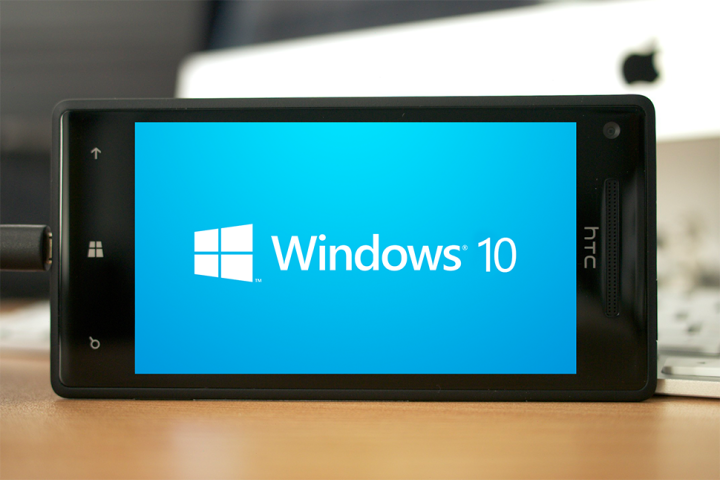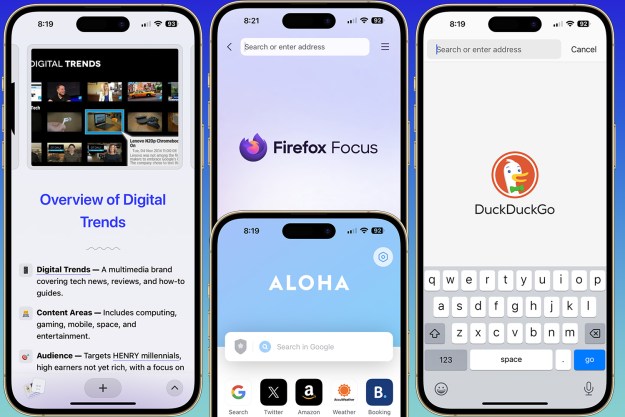
According to Neowin, the scope of the emulation is quite wide. As the software currently stands, most Android apps are compatible, and some builds even sport a working Google Play Store client. Of course, questions about the legality of the emulation’s implementation and its potential effects on native Windows Phone development have kept the project from being green-lit thus far.
Technical concerns may also be playing a part. BlackBerry’s own Android emulation solution in the BlackBerry 10 operating system was plagued with limitations and performance issues, and required manually downloading and installing apps. It’s since been improved, but Microsoft would no doubt rather avoid the same user backlash its competitor endured.
On the other hand, Microsoft may do better to stay the course. The company is on the cusp of releasing Windows 10, and with it, refreshed development tools that may finally make creating and publishing multi-platform apps simpler. Separately, Microsoft’s aiming to address the issue of market share by producing a program that can easily convert Android devices to Windows Phones.
If successful, those efforts could give Windows Phone the boost it needs to compete with incumbents. Still, Microsoft will have to act quickly. While the company’s still committed to “the long game,” the Wall Street Journal reports, it’s already spent billions of dollars to prop up the Windows Phone ecosystem, and Microsoft has nothing but falling market share to show for it.
Editors' Recommendations
- Can you take a picture of the solar eclipse with your phone? Here’s how to do it
- Everything you need to know about the massive Apple App Store outage
- An Android phone you haven’t heard of just won the charging game
- Your iPhone just got a new iOS update, and you should download it right now
- I thought I’d hate this cheap Android phone. It proved me wrong


